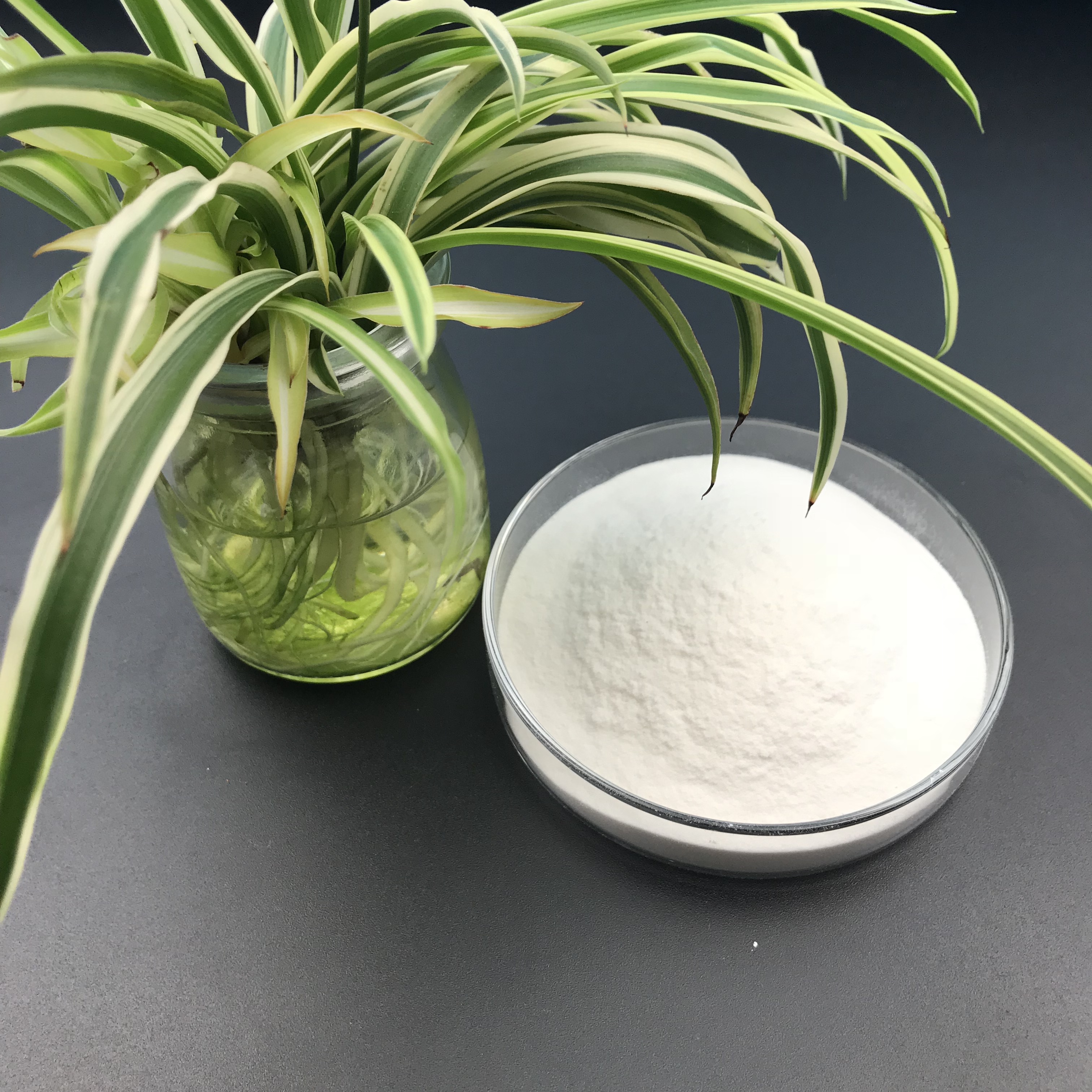-
Cellulose glue:
feature:
Cellulose gum, also known as carboxymethylcellulose (CMC), is a water-soluble polymer derived from cellulose, the main component of plant cell walls. It is commonly used as a thickener and stabilizer in a variety of food and industrial products.
source:
The main sources of cellulose gum are wood pulp or cotton linters. Cellulose is chemically modified to introduce carboxymethyl groups to enhance its water solubility and functional properties.
Production:
The production of cellulose gum involves treating cellulose fibers with sodium hydroxide and chloroacetic acid. This process results in carboxymethylation, which converts cellulose into more soluble and versatile compounds.
use:
Cellulose gum is used in the food industry as a thickening agent for products such as salad dressings, ice creams and sauces. It is also used in pharmaceuticals, cosmetics and various industrial processes where viscosity control and stability are critical.

-
Impact on health:
Cellulose gum is generally considered safe to eat. It is non-toxic and does not cause significant adverse health effects when used within recommended limits. However, people with specific allergies or sensitivities should exercise caution.
Xanthan gum:
feature:
Xanthan gum is a polysaccharide produced by the fermentation of carbohydrates by the bacterium Xanthomonas campestris. It is known for its high viscosity, even at low concentrations, making it an effective thickener and stabilizer.
source:
Xanthan gum is produced through the fermentation of sugars, usually from corn, soybeans or wheat. The bacterium Xanthomonas is used in the fermentation process to produce xanthan gum.
Production:
The production of xanthan gum involves the fermentation of carbohydrates, followed by a purification and drying process. The resulting powder has excellent water retention properties and forms a viscous solution.
use:
Xanthan gum is widely used in the food industry to improve the texture, stability and shelf life of products such as sauces, dressings and baked goods. It is also used in a variety of industries, including cosmetics, pharmaceuticals, and oil drilling.
-
Impact on health:
Xanthan gum is generally recognized as safe for consumption (GRAS). It is well tolerated by most people and does not pose significant health risks when used in accordance with regulatory guidelines. However, excessive intake may cause digestive discomfort in some people.
difference:
Source: Cellulose gum is derived from wood pulp or cotton, while xanthan gum is produced through bacterial fermentation of carbohydrates.
Production: The production of cellulose gum and xanthan gum involves different chemical and biological methods.
Properties: While both gums are used as thickeners, cellulose gum is known for its water solubility, while xanthan gum exhibits high viscosity even at low concentrations.
Applications: Cellulose gums are commonly used in food and industrial applications, while xanthan gum is particularly valued in the food industry for its texture-enhancing properties.
Cellulose gum and xanthan gum are different hydrophilic colloids with unique properties and applications. Understanding their differences can help you make informed choices when choosing the right chewing gum for specific purposes in different industries.
